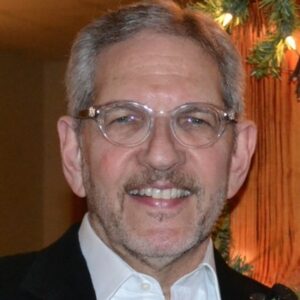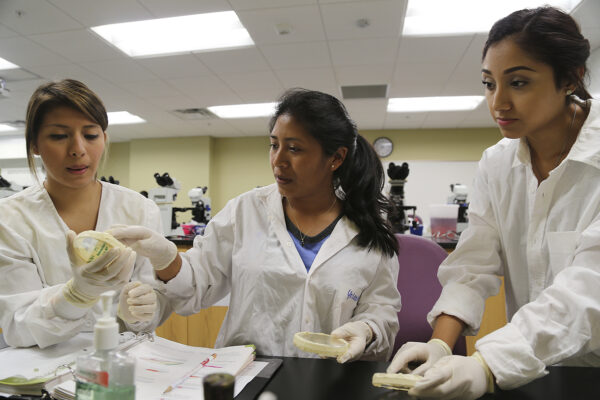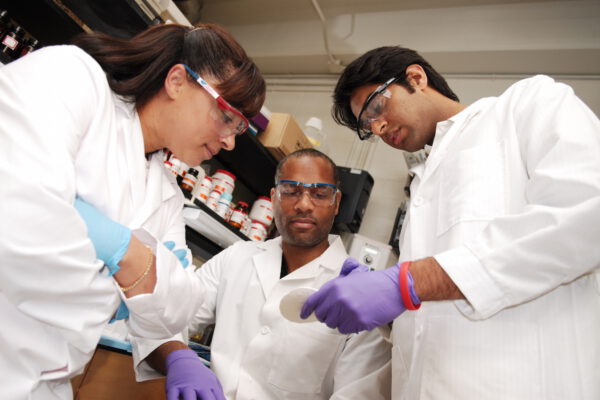By Ira Harkavy, Louis Martin-Vega & Daryl Chubin
The composition of the science, technology, engineering, and mathematics (STEM) workforce is about more than the individuals involved in science and engineering—it also is about the quality of science and engineering itself, and how that quality impacts the economy and the national interest. As National Science Foundation (NSF) Director France Córdova observed in 2016, “The U.S. science and engineering workforce can thrive if women, blacks, Hispanics, and people with disabilities are represented in percentages comparable to their representation in the U.S. population. According to the National Center for Science and Engineering Statistics, we have a long way to go to reach that goal. We can achieve national STEM diversity and its benefits to our nation if we commit to national STEM inclusion.”
Developing an appropriate accountability system for broadening participation is crucial to achieving a STEM workforce that reflects the diversity of the American population. Colleges and universities, on the front line of STEM research and education, must lead the way, while NSF can function as the lead catalyst among federal agencies for incentivizing principal investigators (PI) and higher education institutions to move with urgency toward achieving this goal.
A new report, “Better STEM Outcomes: Developing an Accountability System for Broadening Participation,” summarizes proceedings from a two-day workshop held in October 2016 that involved 50 educators, administrators and evaluators from across the U.S. science and engineering community. The goal of the workshop was to create a framework for developing and implementing an accountability system for expanding STEM participation. An NSF grant to the University of Pennsylvania supported the workshop and report.
“Better STEM Outcomes” discusses the guiding principles and characteristics of such a system, detailing the roles different sectors play in developing and maintaining it. The report concludes with action steps that organizations, individually and in collaboration, could take to implement an accountability system that would help to realize the ambitious, bold initiative to broaden participation outlined by the NSF’s Committee on Equal Opportunities in Science and Engineering (CEOSE) in its 2011-12 and 2013-14 biennial reports to Congress.
Participants at the October workshop agreed unanimously that the current approach to broadening STEM participation must be reconfigured to recruit and nurture talent along many pathways, beginning in pre-K and continuing into early careers. They also agreed that a valid and constructive accountability system must be created with the explicit understanding that the pursuit of science and engineering occurs in, and is affected by, various institutional settings. Importantly, workshop participants emphasized that if an accountability system is to change institutional, disciplinary and professional culture for the better, it must be embedded, embraced (not imposed) and practiced willingly.
Workshop participants identified the most important aspects of an accountability system as a set of clear goals, assumptions, definitions, metrics and a strategy for change. An overriding sense was that the ultimate goal is to “democratize STEM” such that barriers to full participation by all groups are greatly reduced, resulting in meaningful and wide participation. Barriers to full participation cited at the workshop included: persistent inequality across a variety of dimensions, false expectations around who can “do” science, lack of mentors and support networks, high teaching loads for STEM faculty, widespread lack of awareness of STEM programs, and bias—explicit and implicit.
Principles of a sound accountability system for broadening participation emerged from workshop presentations and discussions. They included the following:
- The system should take account of local conditions, context and history. All institutions should not be held to the same standards. Rather, the accountability framework should take into account “multicultural validity”—social or cultural factors that may influence a particular assessment or measure.
- Successful efforts should have a research foundation and an emphasis on accountability from the beginning.
- A successful evaluation system will involve periodic feedback that can be used to modify practice.
- Learning from and through the implementation of programs is crucial to evaluation as well as to the evolution and replication of successful approaches.
- Connecting organizations within and across sectors can heighten the impact of accountability systems.
For accountability systems to take shape and thrive, stakeholders must become stewards of such a system for broadening participation. These stewards can be found in all sectors and types of organizations, namely, institutions of higher education, the federal government, corporations and small businesses, and nonprofit organizations. Each has a specific role, but the key is working in concert.
Importantly, higher education institutions have a strategic part to play, as leaders in their communities and the sites where broadening participation occurs. They also function as models of inclusion for other stakeholders, notably K-12 schools and employers of new graduates. Colleges and universities are the bridge between STEM education and the workforce. They command talent—from U.S. citizens, the foreign-born (on temporary visas), and immigrants; and they are counted on to add value to the students they train, certify and shape to advance the pillars of the United States’ national and global interests: innovation, economy, and equality.
Given their many roles, public and private colleges and universities that receive federal funding should lead the way in implementing and documenting an accountability system, and in the process, developing a science of accountability. As an explicit guide, workshop participants formulated ten action steps that organizations – particularly institutions of higher education – could adapt in instituting a new accountability system that strengthens the STEM disciplines and the nation’s workforce.

The workshop also targeted several suggestions specifically to NSF, the agency seen as the primary catalyst for developing an accountability system:

Members of the October 2016 workshop looked to universities united with sponsors, notably NSF and other federal agencies, to galvanize their myriad partners and function as the principal change agents for broadening participation in STEM. These partnerships would begin to fulfill the workshop’s call to democratize science and engineering. Workshop participants emphasized the need to continue the conversation and to engage all stakeholders in developing and implementing an accountability system that serves all.
If you have any questions or comments about this blog post, please contact us.





